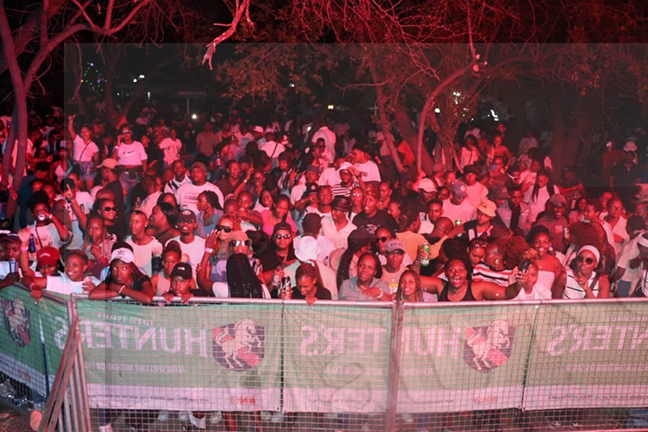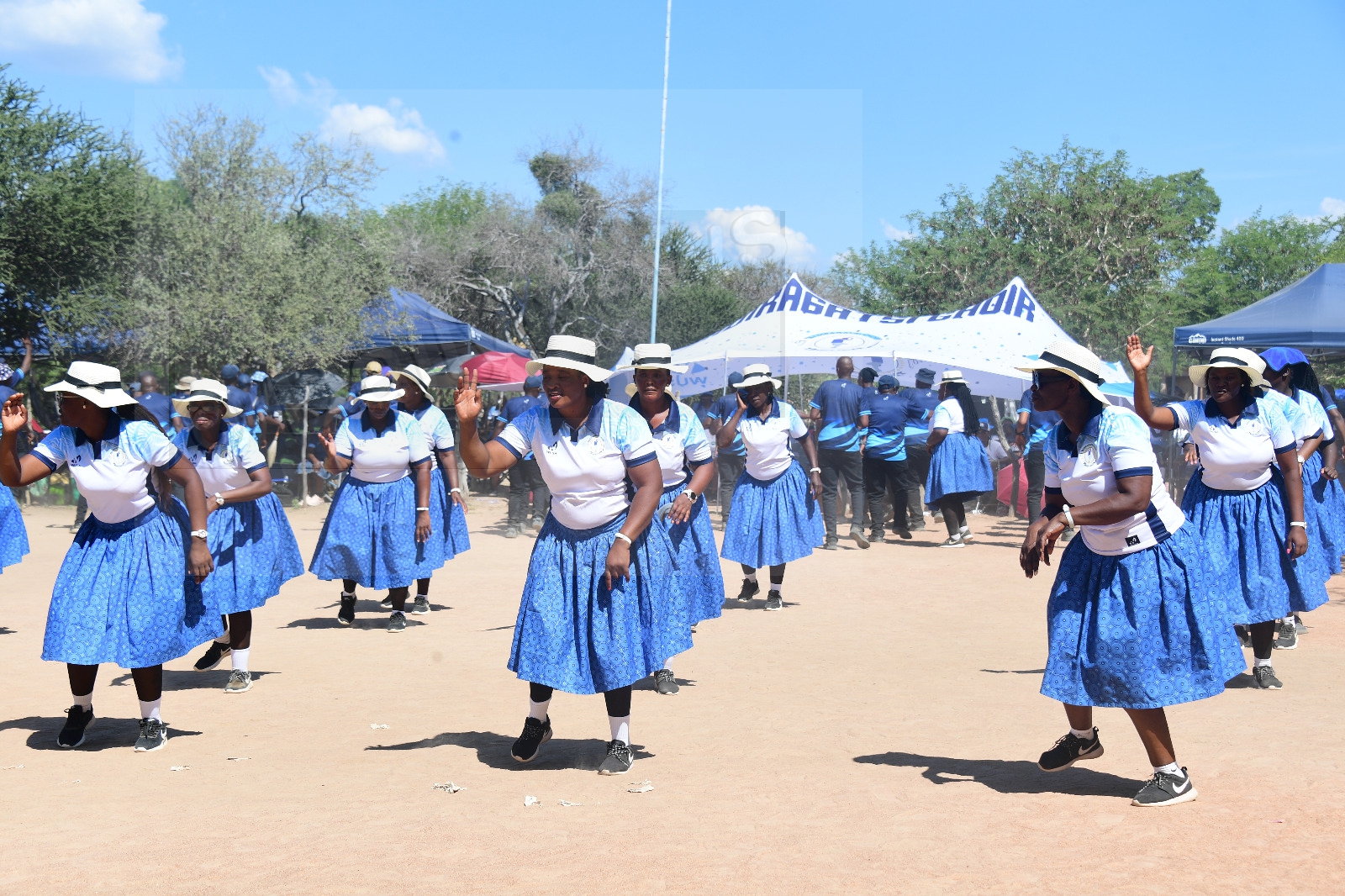Nature responds to the passing of Sir Seretse Khama
29 Jun 2025
Whether naturally inclined or developed through experience, they leave a long lasting legacy that is unmatched and inerasable.
Some individuals seem to be naturally predisposed to leadership; possessing traits such as charisma, strong will, the ability to inspire others and a natural response where the individual’s inherent qualities align with the needs of people or situation.
Such leaders’ actions and decisions influence and shape the course of events affecting the lives of many, hence when they die the impact of their leadership continue to resonate and the ‘response of nature’ can be seen in the way their legacy is remembered, how their work is continued or how their absence is felt.
Leaders play a significant role in shaping the world around them, both during their lives and in their absence. Such traits belong to none other than Sir Seretse Khama; the founding father of the nation, a visionary leader, champion of democracy and non-racialists as well as a statesman.
Such traits of Sir Seretse Khama are believed to have made nature to respond to his passing on July 13, 1980 in the wee hours of the morning.
What has been imputed into the collective memory of eyewitnesses is that in the early hours of the morning, of July 13, 1980, a thunderous noise exploded from the mystical Moremi Hills.
Hours later the then Vice President, Sir Ketumile Masire went live on Radio Botswana to announce the passing on of Sir Seretse Khama.
Narrating the events, Kgosi Tshito Days of Goo-Moremi reminisces that on July 13, 1980 between 2am and 5am, a loud bang was heard emanating from the supernatural Moremi hills.
Thereafter, he said his father, Kgosi Days Lengonapelo Mapulane, who was at the helm during the time, sent a delegation at around 5:30am to Moremi Hills to inspect the cause of the sound and what came to the fore was that a gigantic rock had fallen from its natural position, leaving a trail and resulting in a thunderous sound and trembling of the earth that reached as far as Selebi Phikwe.
Kgosi Days said the boulder was as big as a Setswana hut, pointing that initially in the early 1960s his forefathers found it intact on its natural position uphill on the edge of the eastern side of Moremi Gorge.
Moreover, Kgosi Days narrated that during the incident there was no earth tremor as it could have affected larger areas, thus affirming that the fall of a boulder into a trench within the gorge, causing a thunderous noise foretold Sir Seretse Khama’s death.
To date, Sir Seretse Khama ‘alarm stone’ forms part of tourist attraction on the must-visit list at the Goo-Moremi Gorge resort.
Kgosi Days says through their culture as Bapedi of Mapulane, it was befitting for such a boulder to alarm the nation of Sir Seretse Khama’s death because he was a public figure who wanted to see the nation thriving and respected people of all walks of life.
He said Bapedi respected Sir Seretse Khama a lot because he brought ‘harmony to the nation and advocated for equality among ethnic groups’.
In addition, Sir Seretse Khama ‘alarm stone’ and other monumental sites at Moremi Hills are protected by the Monuments and Relics Act of 2001.
He said such heritage sites mean a lot to the locals’ cultural identity, therefore their preservation remained paramount.
Another witness, Mr Mashathe Busang (74) who is the founder of Moremi-Mannonye Conservation Trust, a community based organisation dedicated to preserving and promoting cultural and natural heritage of Goo-Moremi, says at the time of the rumbling down of the ‘alarm stone’ he was in Selebi Phikwe and felt the earth trembling.
He concurred with Kgosi Days that a delegation was sent to the hills by Kgosi Mapulane to examine the source of the sound and it was discovered that a boulder had fallen from its normal position.
Moreover, he said upon inspection, a delegation comprising village elders said, based on beliefs, it was a bad omen foretelling that a prominent person had passed on Sir.
He said it was for that reason that the boulder was named ‘Sir Seretse Khama alarm stone’ as initially proposed by the villagers because it was alarming the nation that the President had passed on.
He opined that the villagers had proposed the naming of the stone and to that effect Mr Busang went to Seretse Khama Ian Khama when he was vice president to ask for permission to use the proposed name and he responded to the affirmative.
Meanwhile, a tour guide at Goo-Moremi Gorge, Mr Letso Mosotho shared the sentiments with the two orators, thus affirming Sir Seretse Khama’s strong bond with nature.
Mr Busang also shared that the depression where the rock landed was used by bogwera initiation school for the boys bathing spot, hence the acquired name Letamo la Banna. ENDS
Source : BOPA
Author : Keith Keti
Location : Goo-Moremi
Event : Interview
Date : 29 Jun 2025







